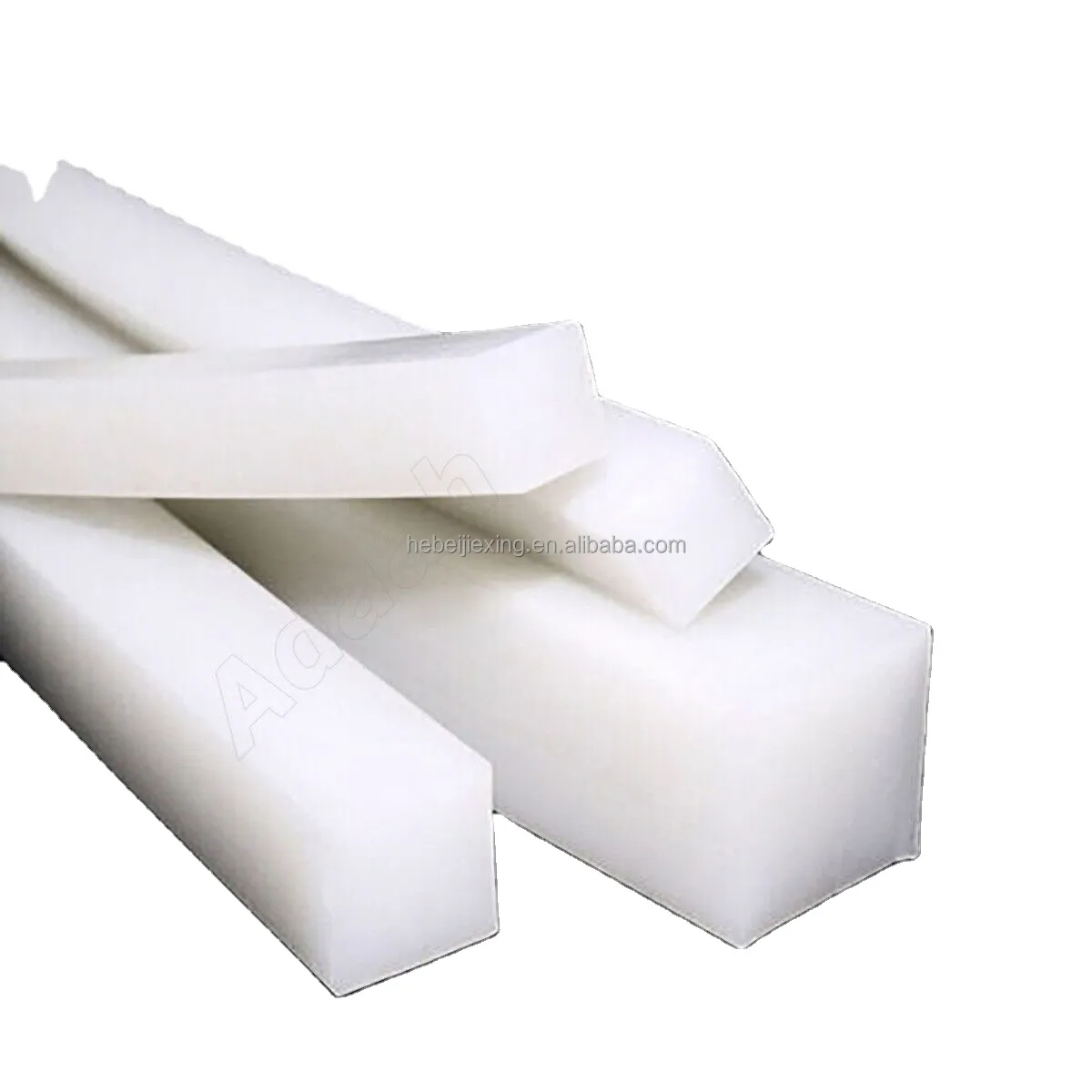garage door bottom seal track types
Understanding Garage Door Bottom Seal Track Types
When it comes to garage doors, one of the often-overlooked components is the bottom seal. The bottom seal is crucial for preventing drafts, dirt, moisture, and pests from entering your garage. Its effectiveness largely depends on the type of track it uses. In this article, we will explore the various types of garage door bottom seal tracks and their features, helping you understand which one might be best for your needs.
What Is a Garage Door Bottom Seal?
A garage door bottom seal is a flexible strip that attaches to the bottom of the door. It ensures a tight seal between the door and the ground, providing insulation and thwarting the entry of unwanted elements. The seal is typically made from rubber or vinyl and can wear out over time, necessitating its replacement.
Types of Bottom Seal Tracks
1. T-Track Seal T-track seals are one of the most popular choices for garage doors. The name derives from the “T” shape that the track makes. This design allows for easy installation and replacement of the seal. T-track seals effectively channel water away from the door and are resilient against weather elements. They are particularly suitable for those living in areas with heavy rainfall or snow.
2. U-Track Seal The U-track seal has a more grooved design that resembles the shape of the letter U. This type of track is designed to snugly fit a seal that slides right into the groove. U-tracks provide excellent stability and help maintain the seal's position even in extreme weather conditions. They are often used in heavy-duty doors and commercial garages due to their sturdy construction.
3. L-Track Seal L-track seals feature a design that allows them to be mounted on a bracket or rail. The L shape provides additional protection and support to the seal, allowing it to withstand more pressure. This type is ideal for garages that experience heavy use or where the door may be frequently opened and closed. An L-track seal can assist in prolonging the life of the bottom seal by absorbing some of the impact when the door closes.
garage door bottom seal track types

4. Flat Track Seal Flat track seals are essentially a flat strip or channel that allows the bottom seal to lie directly within it. While this design is relatively simple, it can be effective in certain applications, especially where minimal wear is expected. Flat tracks are generally cost-effective and easier to install but may not provide the same level of protection as the other track types.
5. Interlocking Track Seal This innovative design features interlocking mechanisms that hold the seal in place. The interlocking design helps maintain a tight seal that is resistant to wind and debris. This type is suitable for high-performance environments, providing the highest level of insulation and security. Interlocking track seals can be a bit more complex to install, but their effectiveness makes them worth considering.
Why Choose the Right Track?
Selecting the right garage door bottom seal track is essential for ensuring optimal performance. The track type can influence how well the seal functions over time, the level of insulation it provides, and how well it protects against water and pests. Choosing the appropriate system for your garage can save you money on energy bills, reduce cleaning efforts in your garage, and extend the lifespan of your doors.
When replacing your bottom seal and track, consider the specific conditions your garage faces. For example, if you live in a region with extreme weather conditions, investing in a more robust track may be worthwhile. Conversely, if your garage is relatively protected from the elements, a simpler design may meet your needs adequately.
Conclusion
In summary, understanding the different types of garage door bottom seal tracks can significantly impact your garage's efficiency and protection. From T-tracks to interlocking designs, each type offers unique benefits suitable for various environments. When choosing a bottom seal track, consider your local weather conditions, how frequently your garage door is used, and the level of insulation you require. With the right knowledge, you can select a bottom seal track that will keep your garage secure and dry for years to come.
-
Under Door Draught Stopper: Essential ProtectionNewsJul.31,2025
-
Garage Door Seal and Weatherstrips for ProtectionNewsJul.31,2025
-
Edge Banding Tape for Perfect EdgesNewsJul.31,2025
-
Table Corner Guards and Wall Corner ProtectorsNewsJul.31,2025
-
Stair Nose Edging Trim and Tile Stair SolutionsNewsJul.31,2025
-
Truck Bed Rubber Mats for Pickup BedsNewsJul.31,2025
-
Window Weather Stripping for Noise ReductionNewsJul.29,2025